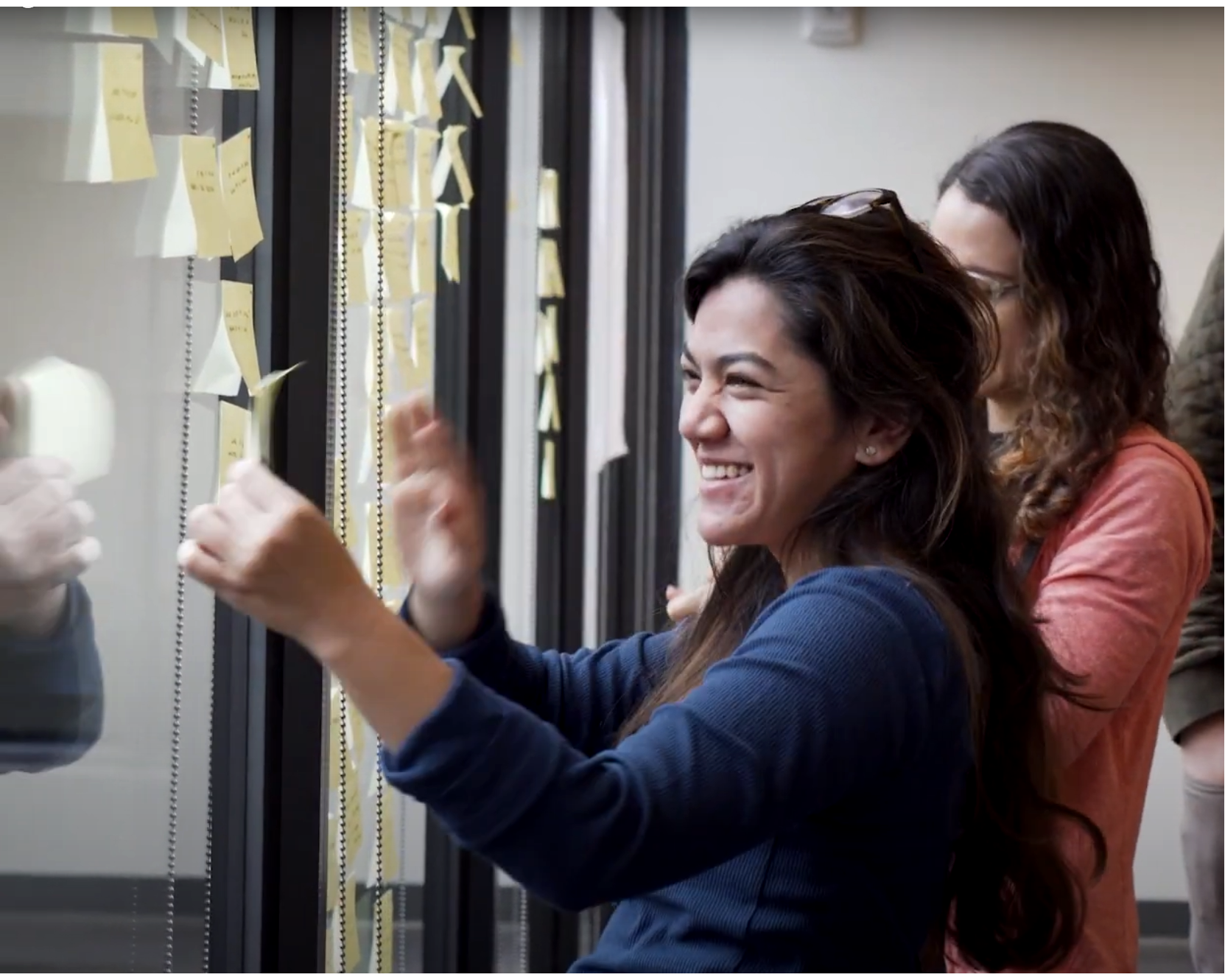Transforming the Design Process
In 2021, I harnessed the power of design sprinting to transform how the product design team, and the broader product and engineering organization, deliver impactful solutions for our customers.
CHALLENGES IN DELIVERY
At BetterCloud, we faced several obstacles that hindered our ability to make a meaningful impact on our users' lives:
Feature Focused
Our focus on adding features to the BetterCloud roadmap overshadowed the underlying problems they were meant to address, resulting in neglect of crucial elements like the overall user experience. This led to disjointed experiences and subpar usability as teams lost sight of user needs.Nonexistent Discovery Process
The lack of a structured discovery process posed significant challenges. We lacked a shared vision and understanding of the problem, causing misalignment between product, design, and engineering teams. As a result, design work became reactive, hastily responding to immediate needs without ample opportunity for thoughtful exploration and comprehensive problem-solving.Design operating in a silo
The BetterCloud product design team operated in isolation, tackling different aspects of the product independently and not in close partnership with their product and engineering counterparts. This fragmented approach fell short of meeting the needs of our users and the business, as a more holistic user experience was not fully realized.
AN OPPORTUNITY TO WORK DIFFERNTLY
In the summer of 2021, the product team eagerly embraced the chance to create a groundbreaking SaaS security product scheduled for a mid-2022 market launch. Despite the demanding timeline, we embraced the challenge and successfully designed and developed this innovative solution within a very short timeframe. To learn more about this solution check out my use case on Protecting Sensitive SaaS Data.
"Design sprinting played a huge role in getting the team together to work through a lot of different solutions very quickly. It’s the only way this project could have been successful. "
— Senior Product Designer
The success of this design sprint exceeded our expectations, inspiring us to adopt this approach as a permanent way of collaborating together. To celebrate and share this experience, I captured and edited a video featuring our product managers and designers discussing the impact of design sprinting , which I shared in my opening keynote at our annual company kick-off.
ESTABLISHING A FORMAL DISCOVERY PROCESS
After seeing the impact of our first design sprint, we knew that we wanted to make this a permanent part of our product development process at BetterCloud. However, we needed to establish a good foundation for a discovery phase within our existing product delivery lifecycle.
Drawing from our design sprint experiences, our primary objective for the discovery process was to create a shared vision. To achieve this, the discovery process needed to embody the following principles:
Collaborative
Leverage the collective intelligence of everyone to create solutions that are more effective and impactful.Problem oriented
Specific challenges or pain points our customers were facing were going to be what informed the solutions we were creatingCustomer focused
Prioritize customer needs and feedback, and involve user research and testing from the beginning.Efficienct
Create a streamlined approach that could deliver results quickly and help teams make decisions after the sprint with more confidence.


